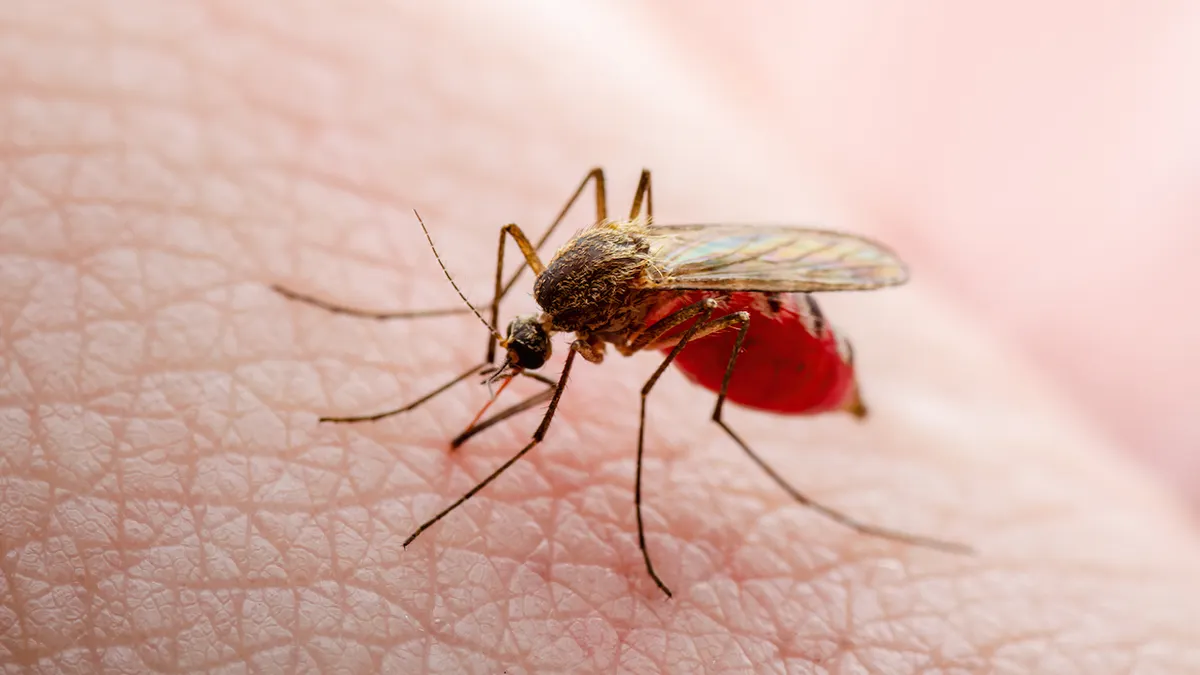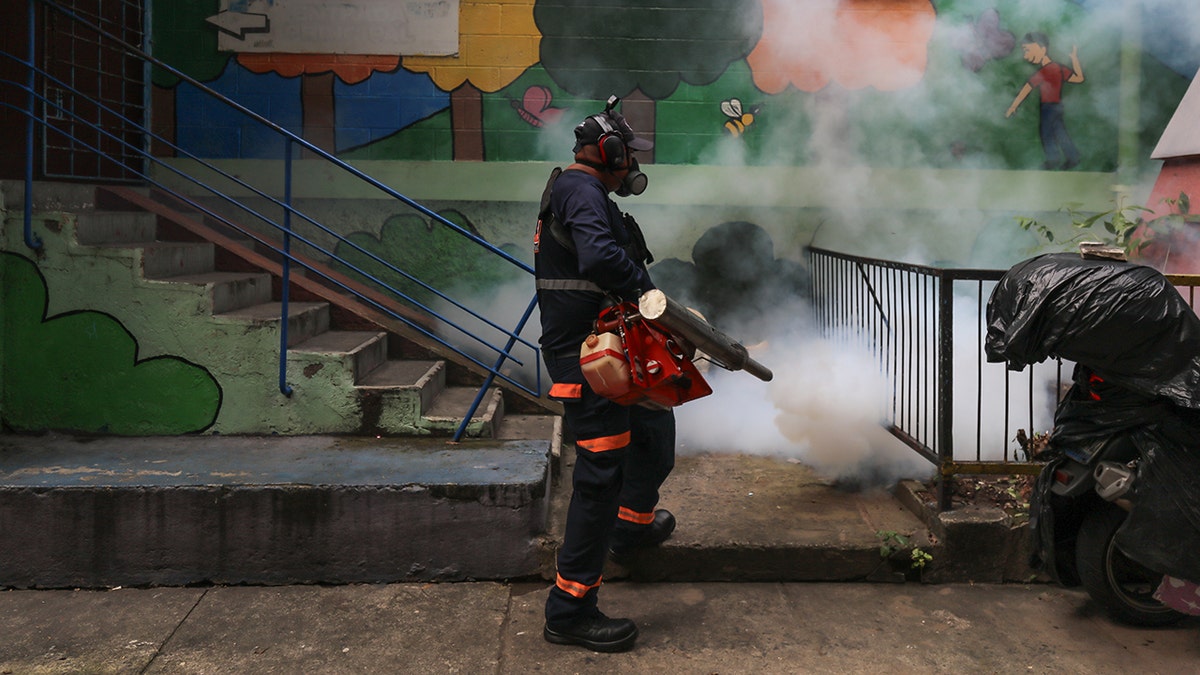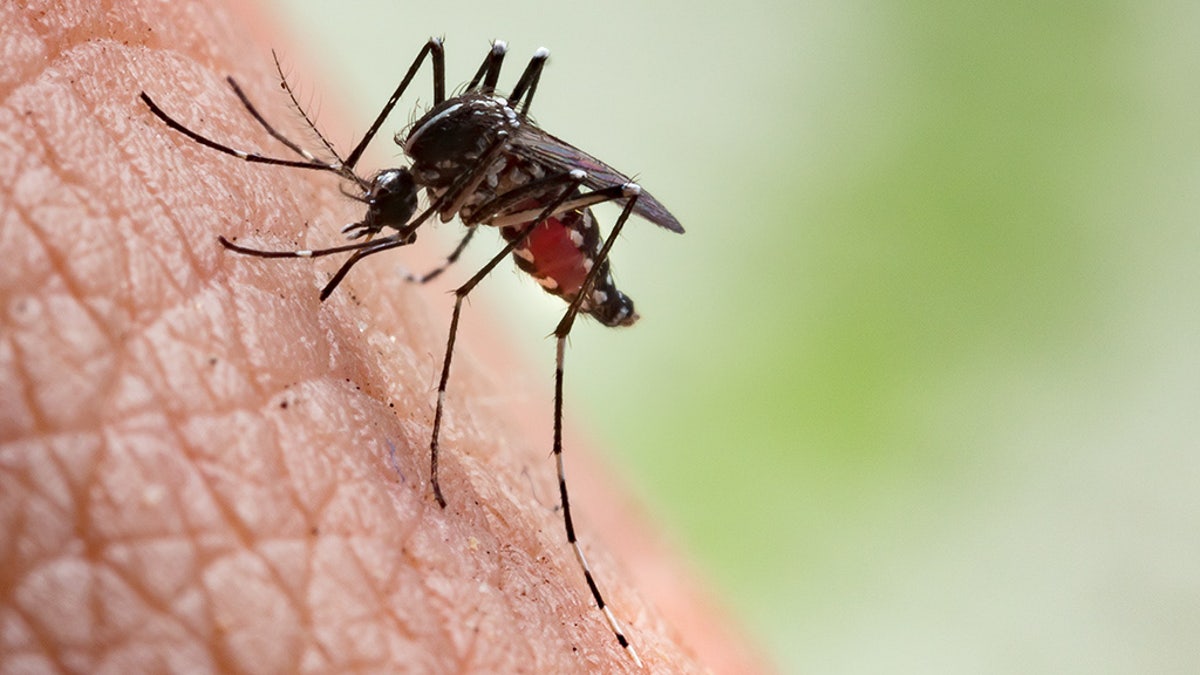Texas is facing its most significant surge in dengue fever cases in over two decades, with the first locally acquired infection of 2024 confirmed in Cameron County, the state's southernmost region. This comes amidst a year of heightened dengue activity worldwide.

According to the Texas Department of State Health Services (DSHS), the state has recorded 106 travel-related dengue cases this year, including one fatality. This marks the highest annual count since 2002. The DSHS emphasizes the importance of mosquito bite prevention both within Texas and during international travel to dengue-endemic regions.

Dengue fever, typically prevalent in areas like the South Pacific, Asia, the Caribbean, and parts of the Americas and Africa, is spread through mosquito bites. Approximately 25% of infected individuals exhibit symptoms, which can manifest after a 3-14 day incubation period and include fever, nausea, rash, muscle and joint pain, headaches, and pain behind the eyes. While most recover within two weeks, severe infections can develop in a small percentage of cases, posing life-threatening risks if left untreated.

Texas health authorities are urging residents to take proactive measures against mosquito bites by wearing protective clothing, using insect repellent, and eliminating standing water where mosquitoes breed. Since 2013, Texas has seen 665 dengue cases, with 40 locally acquired infections reported across several counties. With mosquitoes remaining active in many parts of Texas until late in the year, continued vigilance is crucial.








